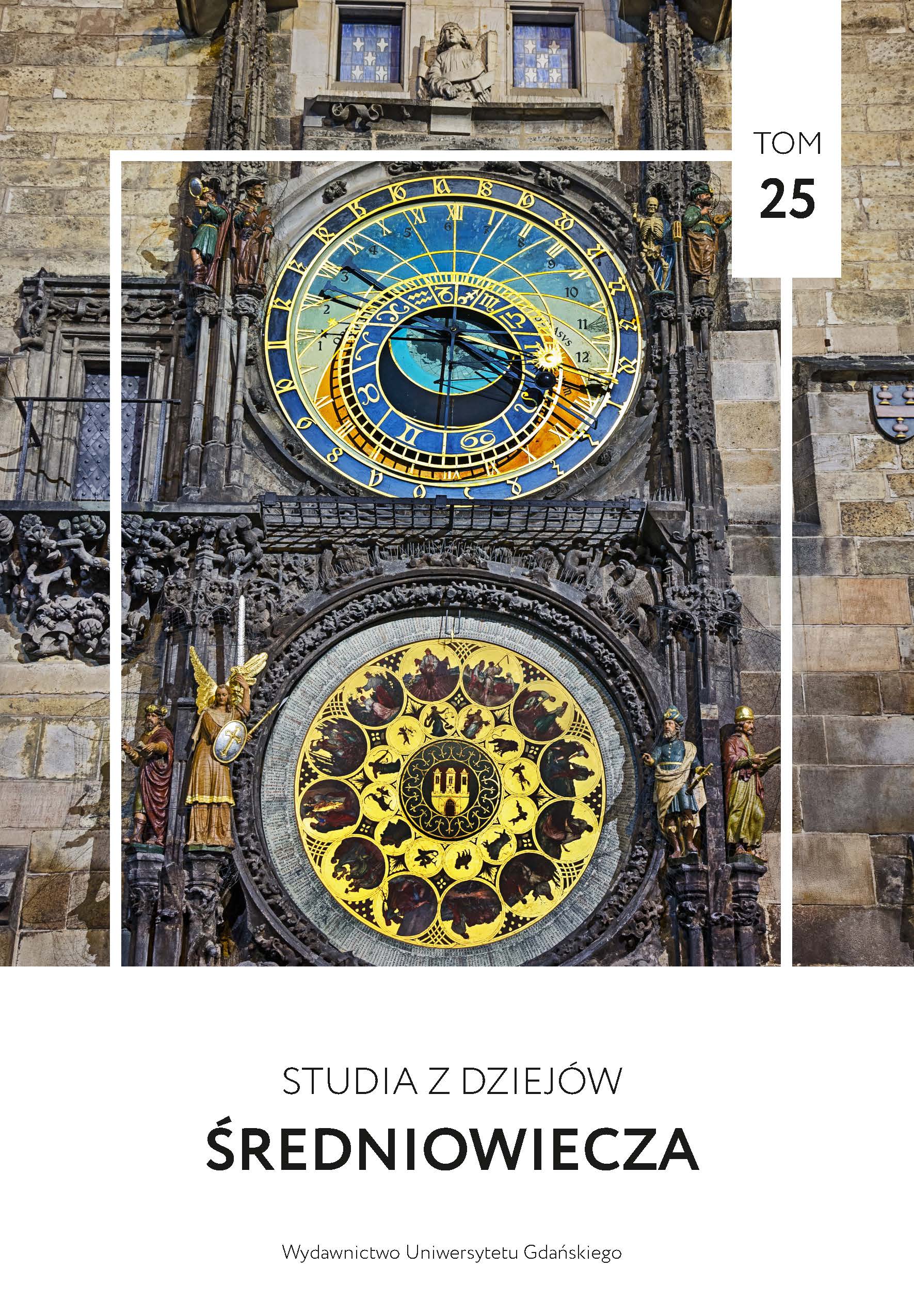Der gotische Muttergottes‑Altar von Guttstadt (1426)
DOI:
https://doi.org/10.26881/sds.2022.25.07Słowa kluczowe:
collegiate church, Dobre Miasto, Marian altar, Warmia, the Teutonic Order’s state, Middle AgesAbstrakt
This article offers a stylistic analysis of the Marian altar from the church of the Redeemer and All Saints in Dobre Miasto in the voivodship of Warmia and Masuria. The altar was set up in 1426 as an altar for morning mass. It remains incomplete to this day: several Gothic figures were replaced by later pieces of sculpture, and the altar was provenance is also questionable of the centrally located sculpture of Mary and Child.
The literature up to now has pointed out stylistic analogies with the altar in Pörschken (Nowo‑Moskowskoje), at present in the collection of the Castle Museum in Malbork, and with the altar from Sokolica (Falkenau), which is at present in the collection Museum of the Archdiocese of Warmia in Olsztyn. Stylistic analysis makes it possible to establish that the closest analogy to the Dobre Miasto altar is the altar from Pörschken, while the somewhat later retable from Sokolica has many features in common with the altar from Rauma (Finland), which was a Prussian export.
It is, however, an open question as to the location of the Prussian provincial woodcarving workshop that probably produced the altars in Dobre Miasto and Pörschken, drawing on the at that time rather old‑fashioned tradition of figures of the Madonna on lions. The literaturę suggests Malbork or Gdańsk, but because of stylistic similarities to the Elbląg Apostolic College and the links of the Elbląg Rector Mikołaj Wulsack with Dobre Miasto, Elbląg, too, must be considered.

 Uniwersyteckie Czasopisma Naukowe
Uniwersyteckie Czasopisma Naukowe





